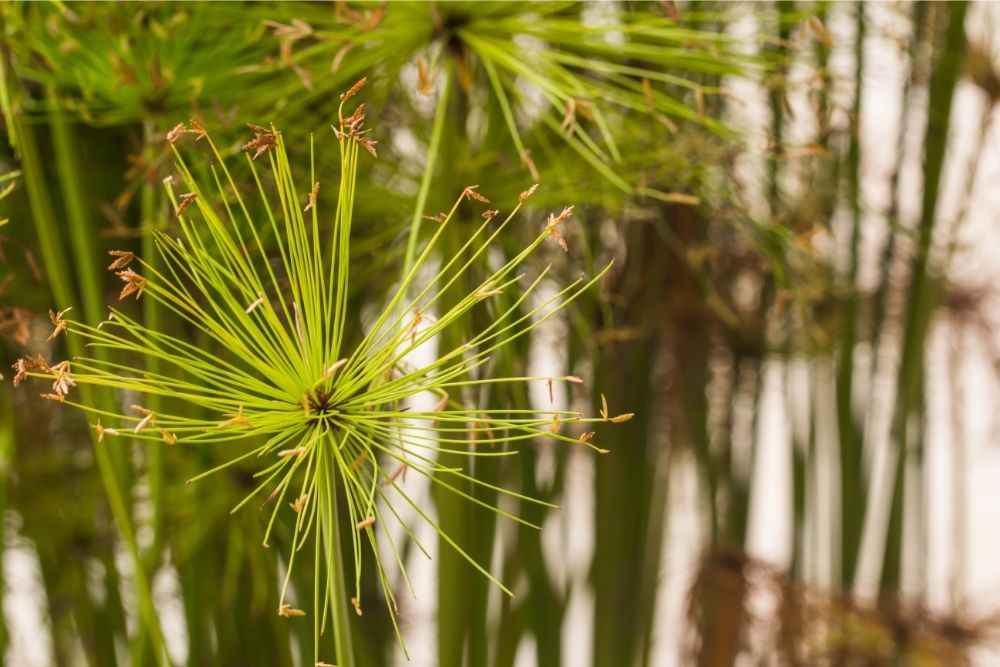
Egyptian plants vegetable and fruit that we eat today were developed from seeds carried from the Middle East to the garden of the New World by European explorers.
Though the Maya and the Aztecs were great gardeners, the spread of the cultivated plants that we eat today was originally from the Middle East.
If you want to pay homage to these Egyptian roots, you can find plants from this country to nurture for yourself!
However, if you’re searching for brilliant plants from this location and are struggling, it can be easy to make the wrong decision.
For example, you may not know that you can find a few plant species originating from ancient Egyptian culture in your local supermarket.
However, not researching them correctly can mean you spend so much precious money on delivering plants when you don’t have to.
To help you out, we’ve written valuable content below, including some helpful information for beginner gardeners. You’ll find that many Egyptian plants are easy to grow, and once they are in your garden, they will always be “must-have” plants. So, read on to learn more!
1. Acacia Tree

An excellent choice for beginners, the Acacia tree is easy to grow, tolerating being in extremely harsh drought environments, producing bright yellow blossoms. In the wild, it grows naturally in the African savannah, but it’s also grown in gardens worldwide.
2. Cypress Trees
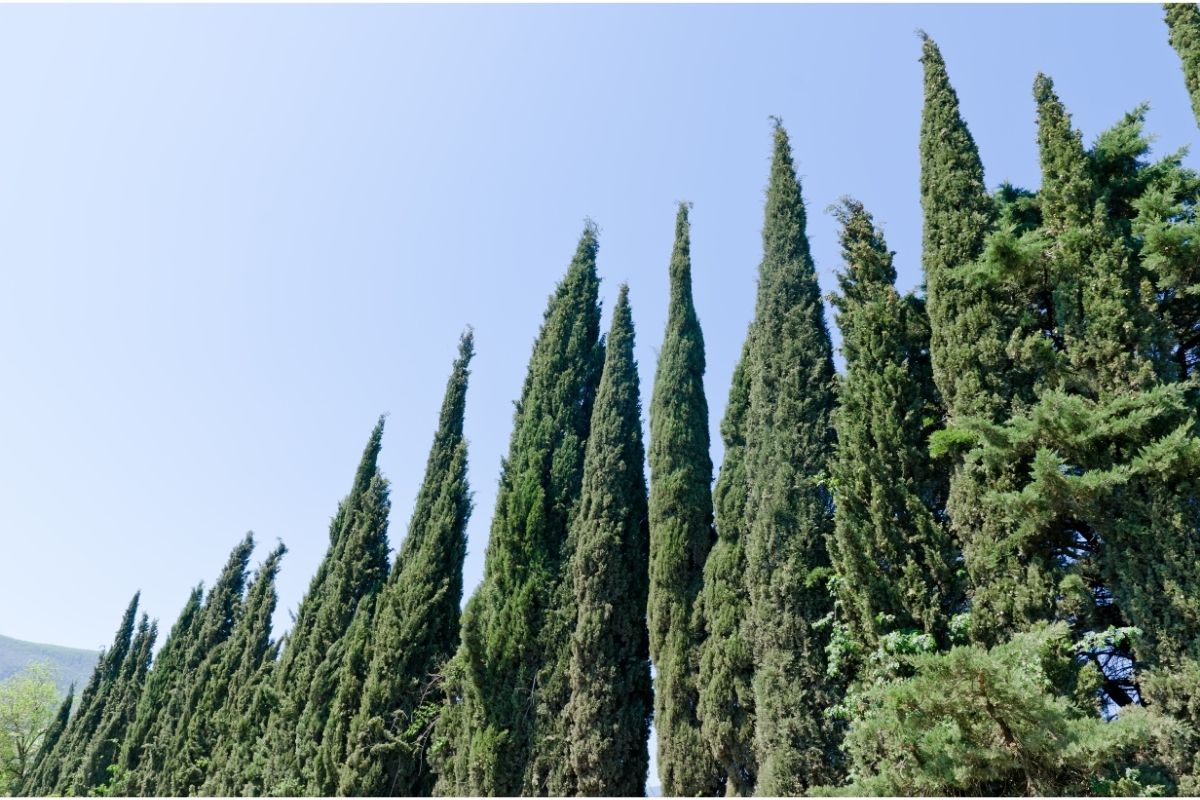
These trees increase in size quickly, and their roots are very water-resistant, so they’re a great option if you don’t have a super dry and warm environment. In addition, the Egyptians value them for the resin extracted from their bark, which is used in perfumes, incense, and food flavoring.
3. Henna Tree
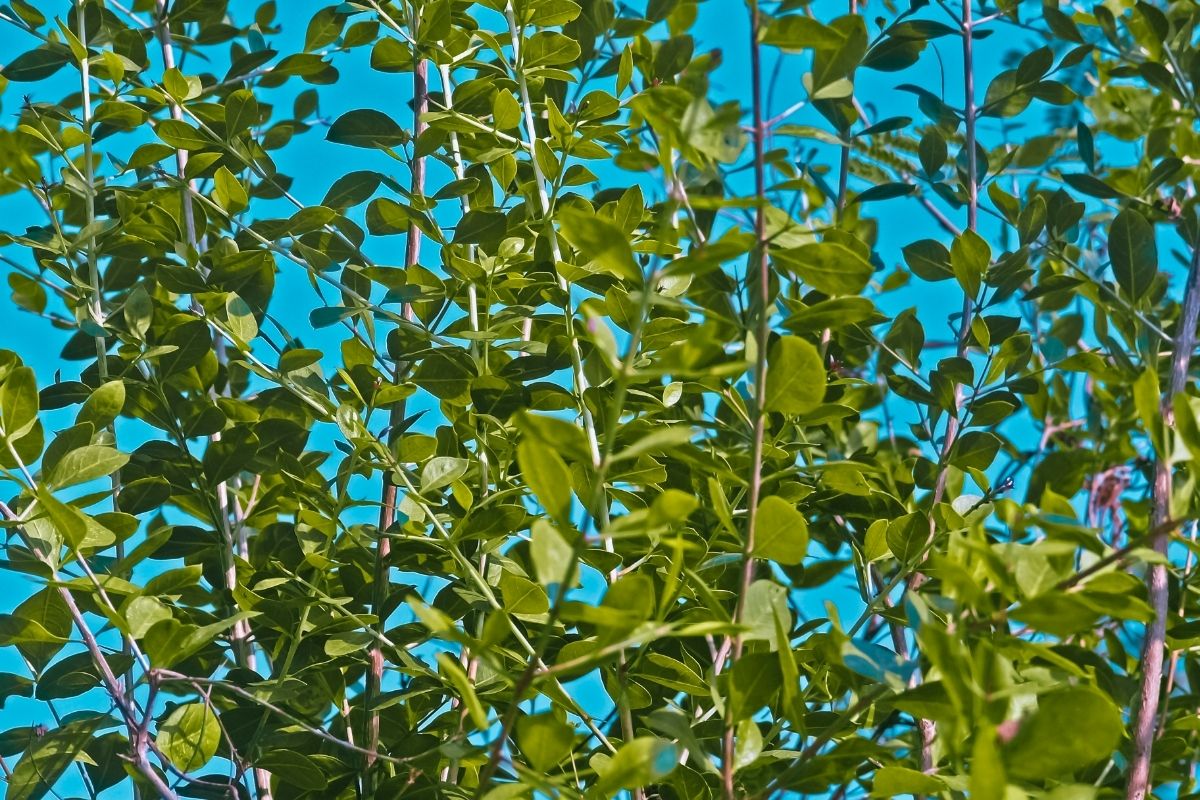
The Henna tree is a plant prized for its cosmetic uses; the Henna tree is a great thing to grow in your garden because it’s so versatile. It’s used in traditional homemade remedies for indigestion and constipation yet is more well known for being great at staining skin and hair dye.
4. Eucalyptus Tree

If you love the smell of eucalyptus in the air, you may want to grow some in your garden as they’re renowned for their fragrant properties and for making antiseptic remedies.
In addition, they grow extremely quickly, and their leaves are used to make essential oils, which can add a sweet-smelling scent to your home.
RELATED: Eggshells as Organic Pest Control Plus Their Other Amazing Benefits for Plants
5. Silk Tree Mimosa (Albisia Julibrissin)
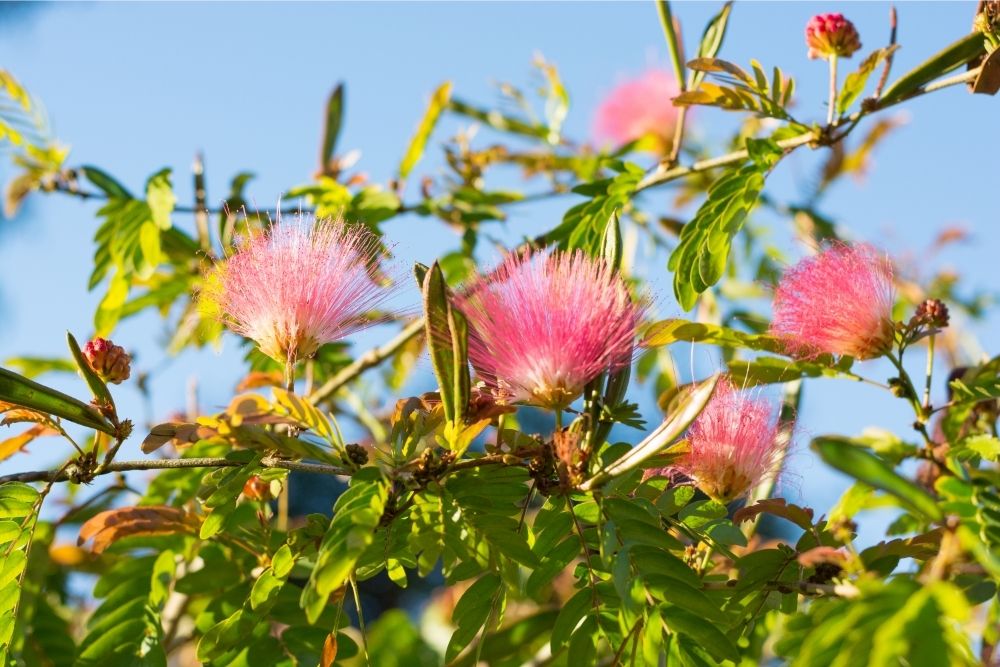
The Mimosa tree is a popular choice for beginners; the Mimosa tree is an excellent choice for anyone looking for an unusual plant because it has white-pink flowers. It’s naturally found in warm climates because it flourishes well in the desert and can grow up to 25 feet tall, yet it’s cultivated worldwide.
6. Jacaranda Tree (Jacranda Mimosifolia)
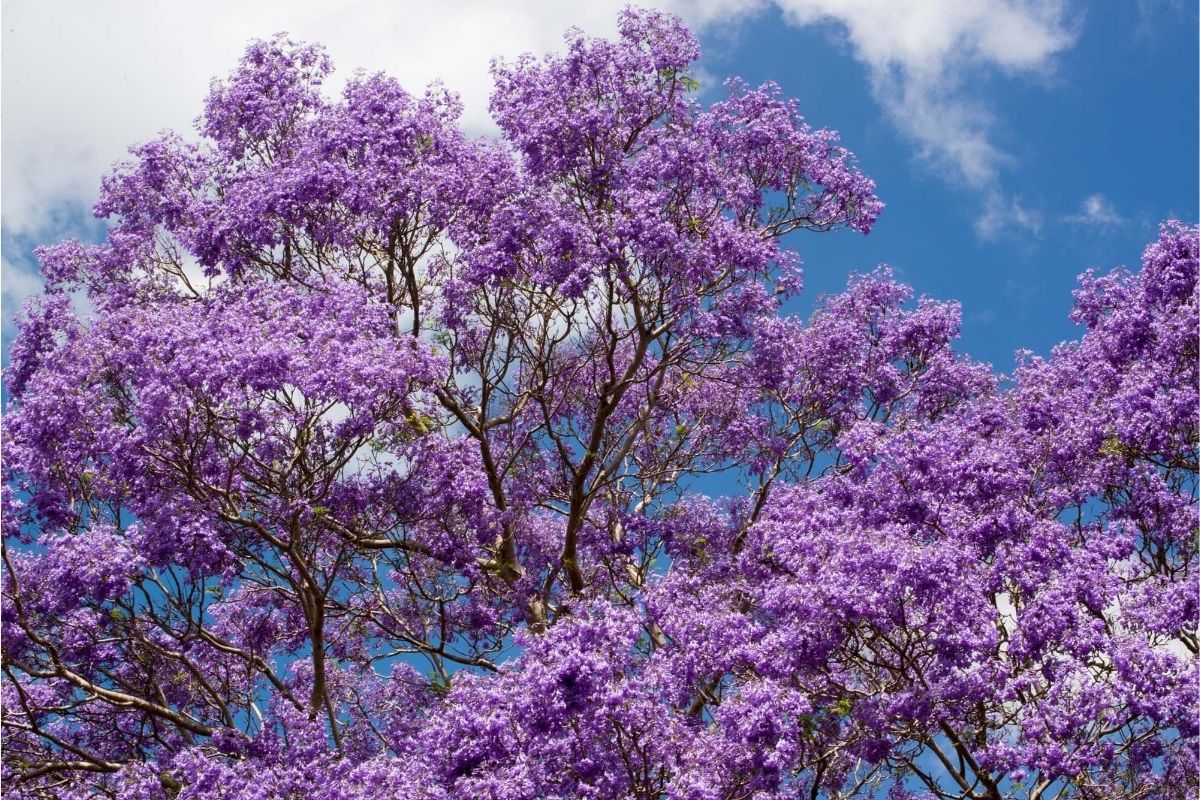
Another excellent choice for those that love vibrant blossoms is the Jacaranda tree because it’s a hardy plant that can tolerate most climates and has purple flowers.
In addition, it’s native to warm temperatures, so it is beloved by many Egyptian gardeners while being cultivated worldwide, including in the United States.
7. Samwa
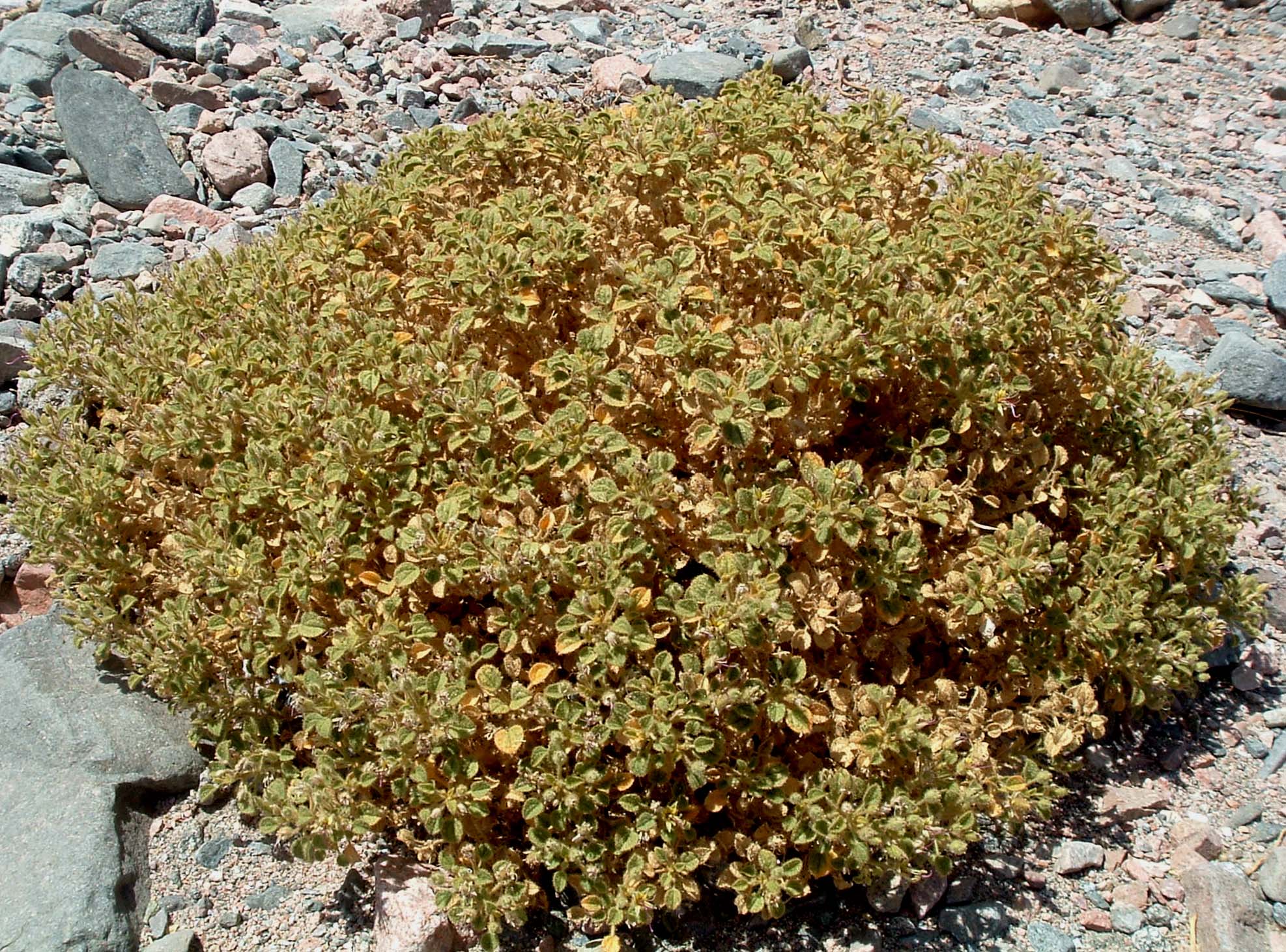
This plant is easy to grow in nearly any environment with many medicinal and culinary uses, including essential oils. This perennial herb is most well known for making tea to cure stomach ache, scabies, and rheumatic fever in Egypt.
8. Lotus Egyptian
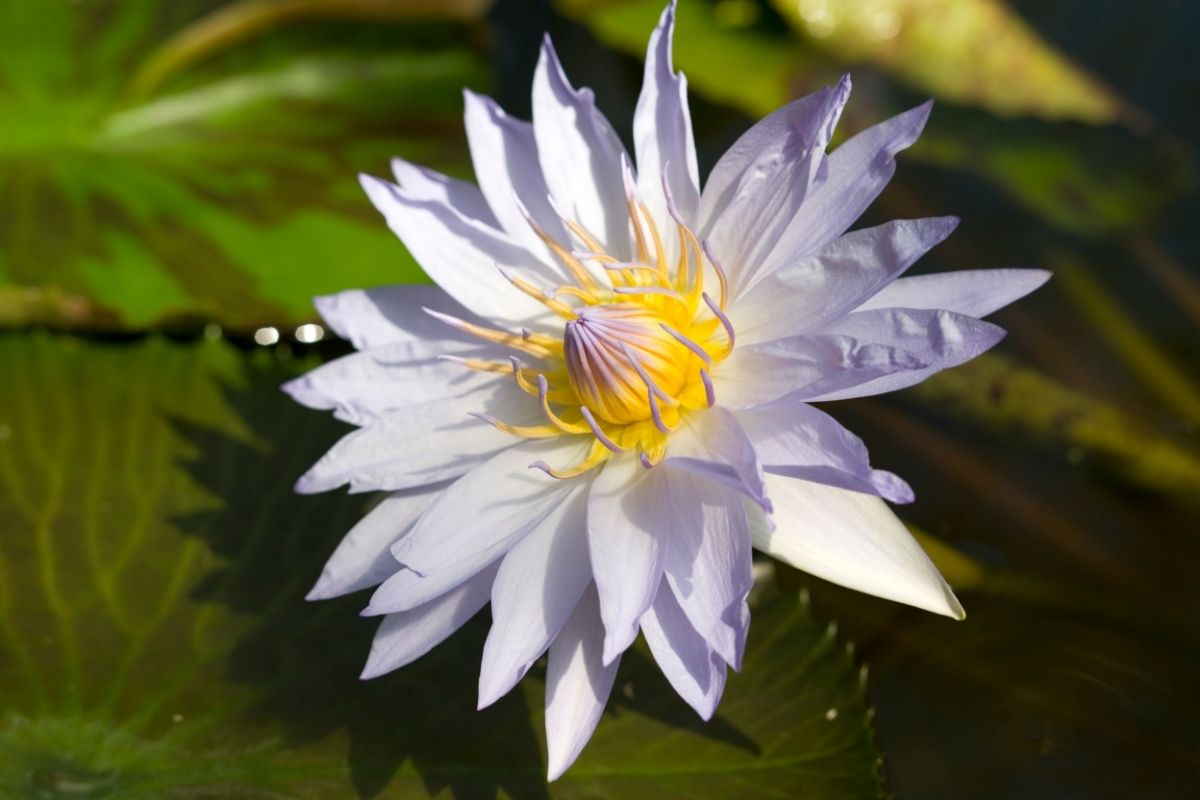
Lotus is a water-loving plant that grows wild in the Nile river, which is why it’s so well-loved by gardeners in this area. Egyptians have used the lotus since the ancient era, and it’s easy to cultivate in your own outdoor landscape so long as you have a suitable water feature.
9. Papyrus

This plant is very well-known for being used to make paper, and it’s grown in warm climates, so it’s a perfect choice for those who live in the Mediterranean.
It’s easy to look after as long as you provide it with lots of water, and it’s an excellent choice for ancient Egyptian historians because this plant features in many famous stories.
10. Chrysanthemum
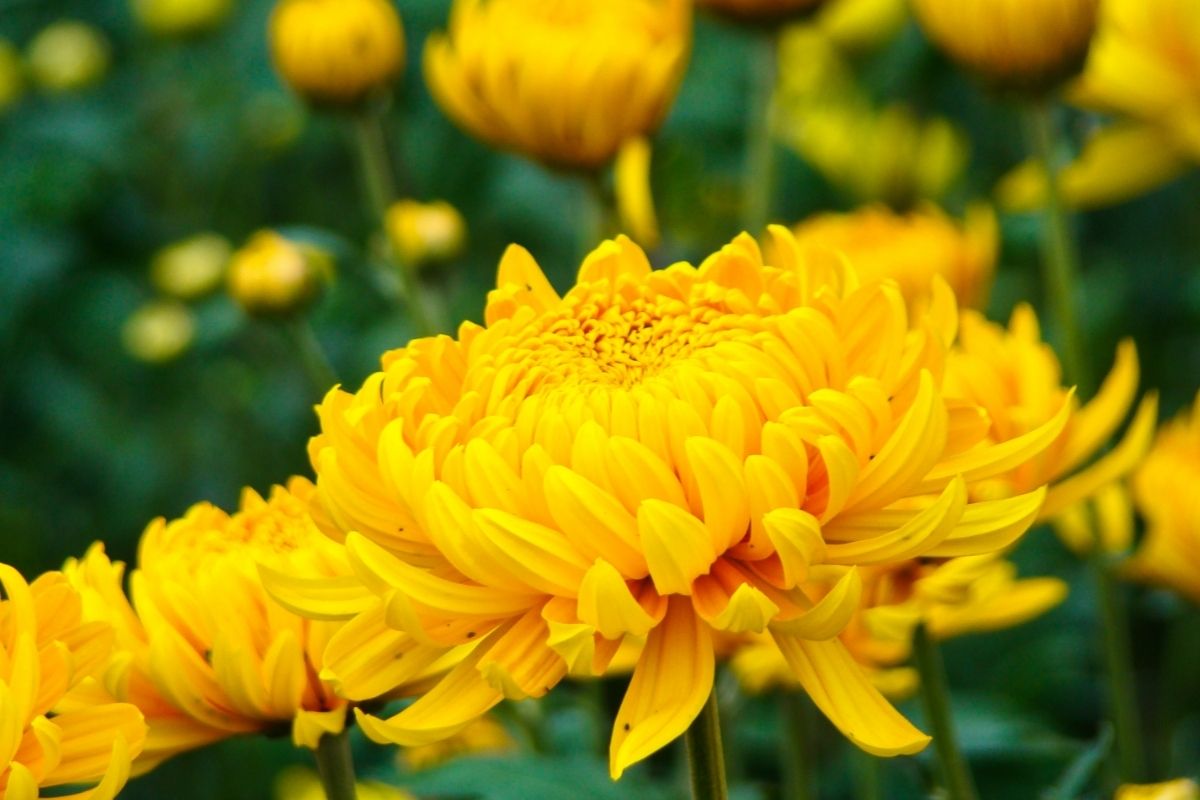
The Egyptians used this plant to make medicinal remedies and create a herbal tea believed by many homeopathic doctors to be a good cure for stomach ulcers. It’s a great plant to grow in your garden if you want to bring color as the bright yellow blossoms are vibrant and bold.
RELATED: A Necessary Guide on How to Use Moss Pole For Houseplants
11. Jasmine
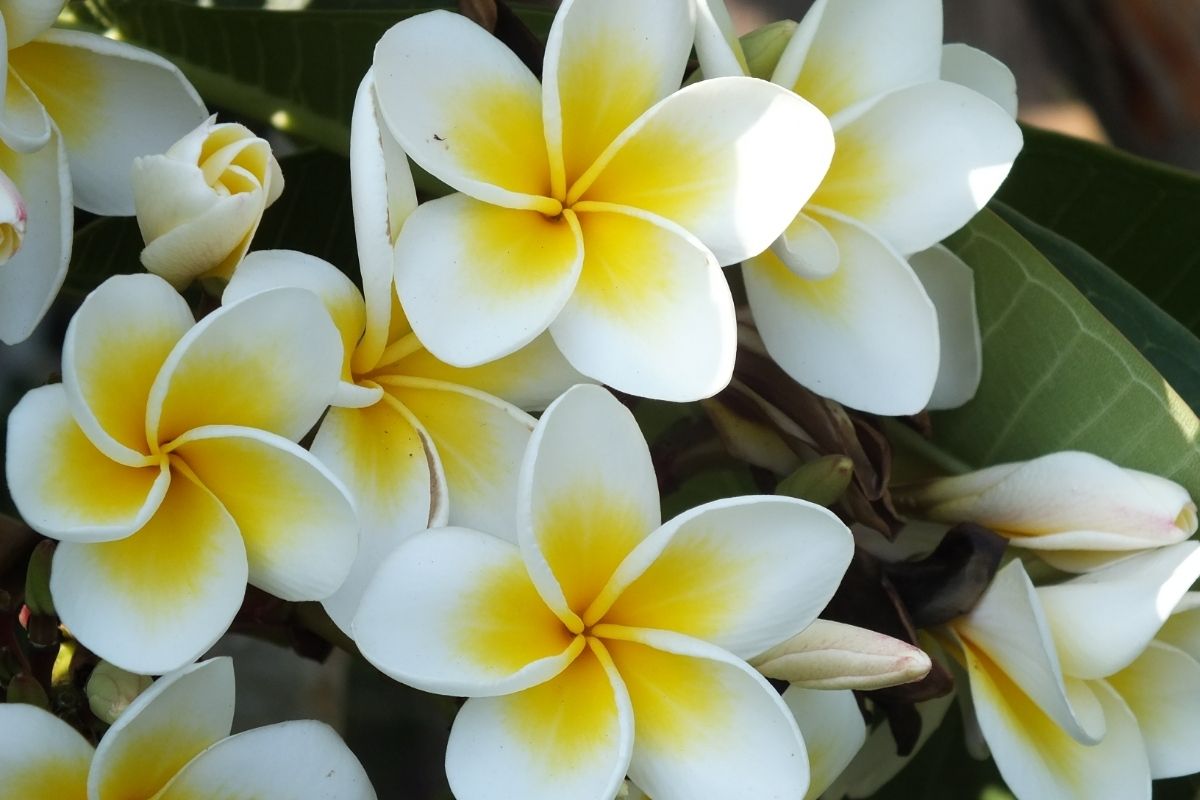
Egyptian gardeners especially love it because it’s an excellent choice for growing in a dry, warm climate and produces fragrant flowers.
There are hundreds of different varieties of this plant, and it’s one of the most well-known flowers in Egypt, so you can use this to bring this warm country’s vibe to your landscape.
12. Anemone

This is an attractive choice for anyone who wants to bring color to their dull flower bed because it’s a hardy wildflower and doesn’t require lots of fussy gardening. In addition, it’s a favorite among Egyptians because it symbolizes love and is especially popular in their wedding ceremonies.
13. Egyptian Jasmine (Nardo)
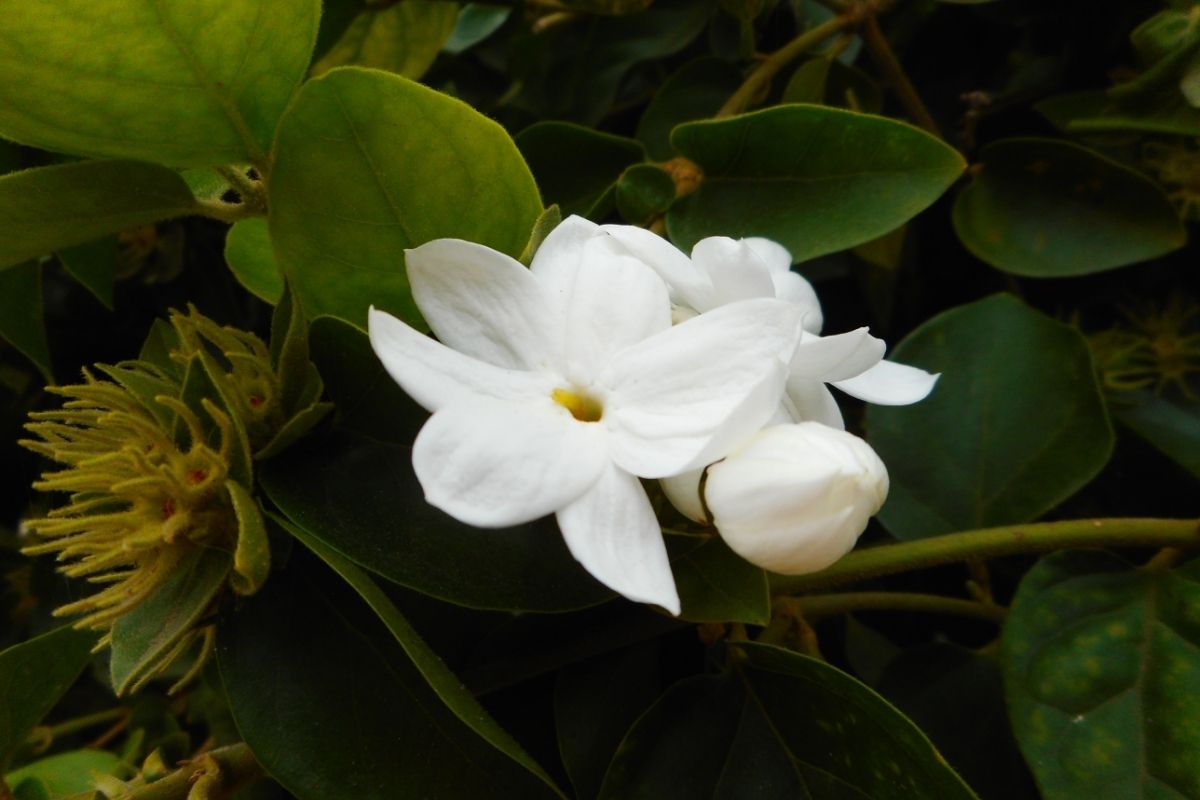
This is a popular option for anyone that loves fragrance as it’s a beloved ingredient for making essential oils and perfumes. In Egypt, it’s also well-known for being used to create a herbal tea known for being very relaxing and is often used when someone has a fever.
14. Evening Primrose

This flower is a popular option for people who love blossoms but don’t have much space because it’s so tiny and suitable for beginners. It’s a perennial flower loved by Egyptians because it’s a symbol of peace and is a popular feature in their wedding ceremonies.
15. White Lotus
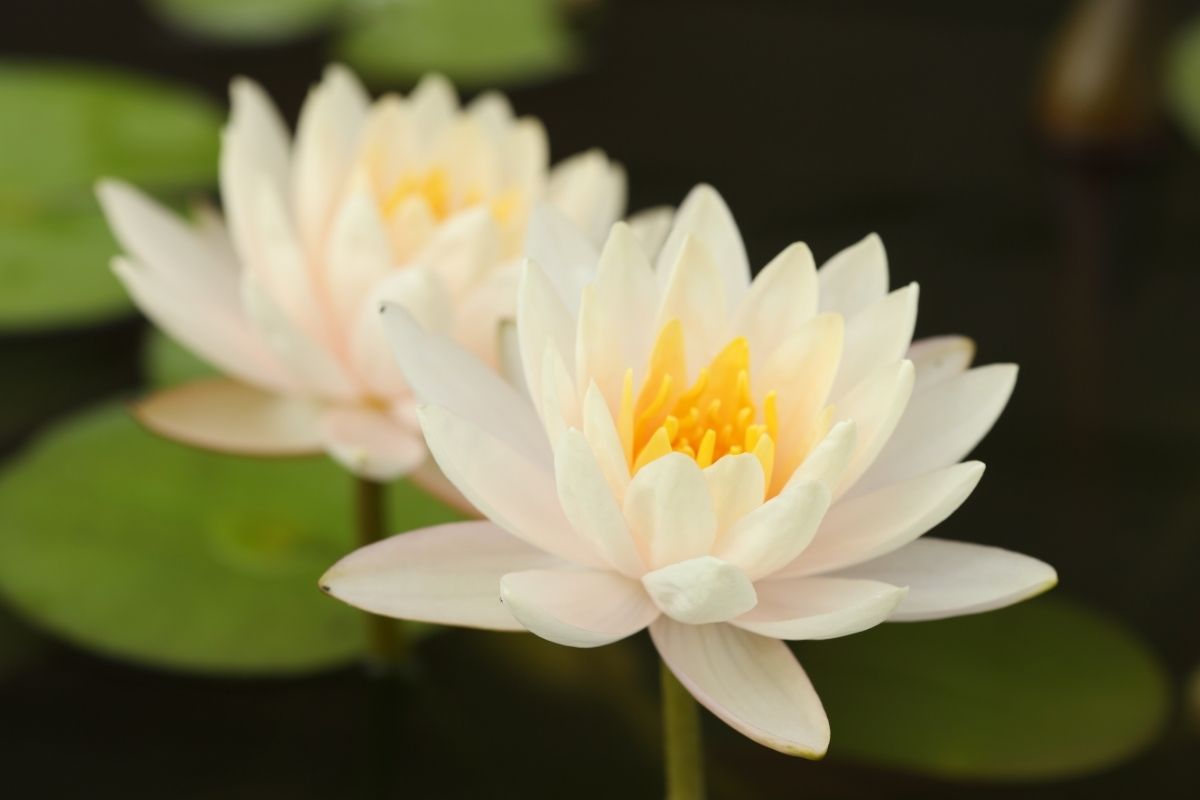
This flower is a favorite among Egyptians as it’s a symbol of purity, and it’s easy to grow because it’s often cultivated in rice terraces. It’s a perennial plant featuring many Egyptian myths and legends, which speak about the white blossom’s elegant beauty.
16. Blue Lotus
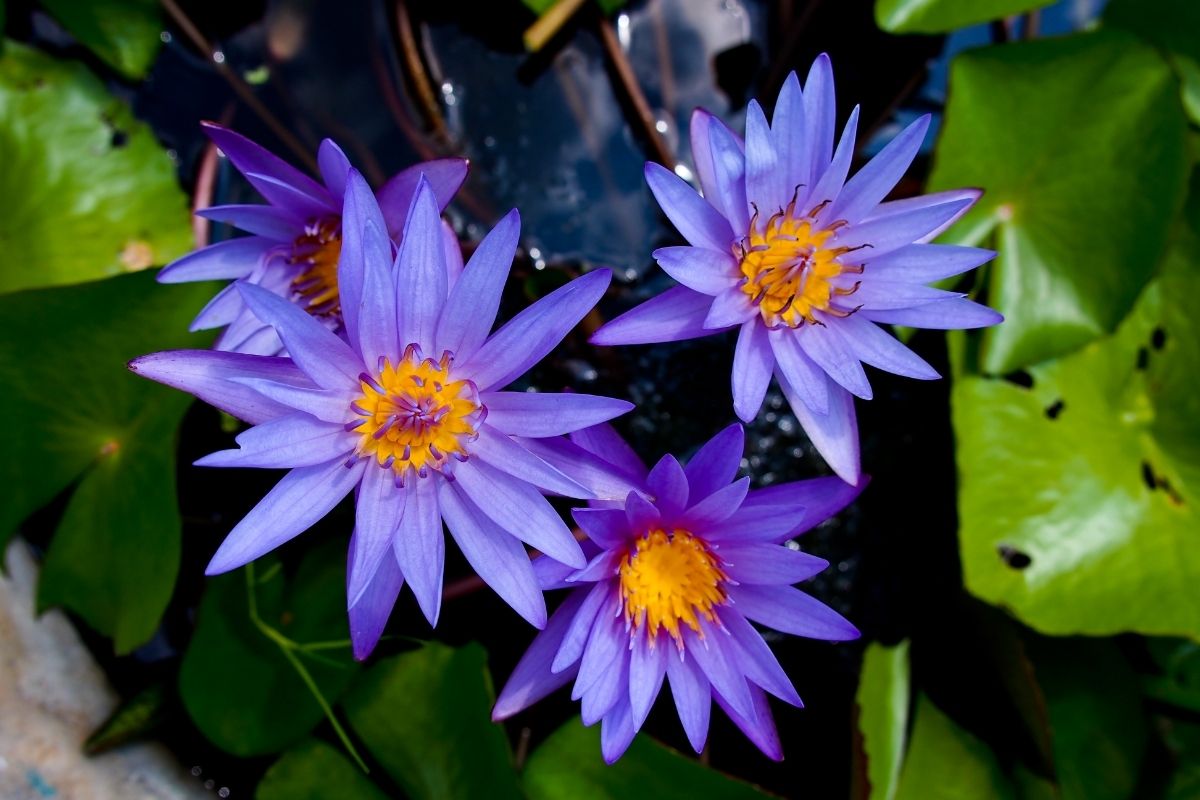
Many Egyptians adore this plant because it has blue-white ombre petals, which develop quickly in warm and wet conditions. In addition, people that want to bring a unique element to a tranquil and soothing meditation garden will love this plant because the flowers have such an elegant silhouette.
17. Poppy
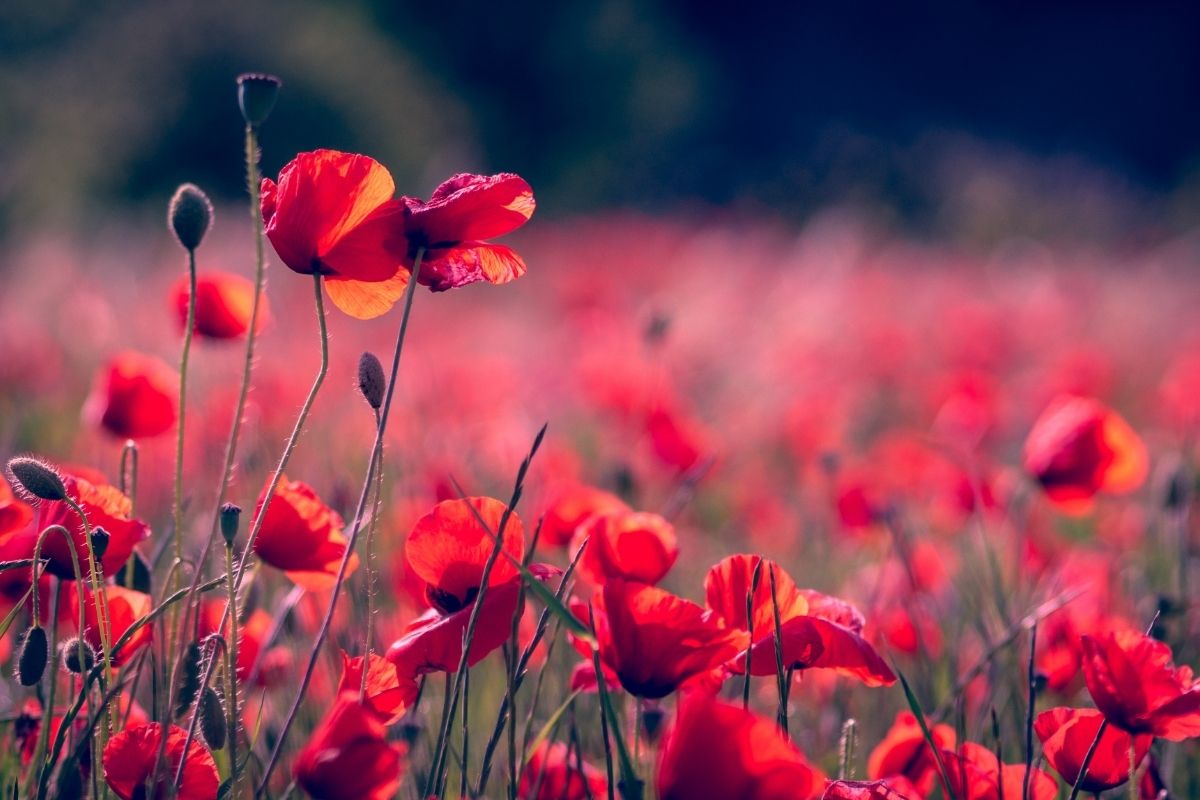
It is a beautiful thing to grow if you love bright blossoms. The poppy is renowned for being resilient as it’s a hardy annual that can tolerate both cold and warm environments.
It’s a popular choice in people that want to grow plants with practical uses because it can be an ingredient in medicines and can be crushed to create food coloring.
18. Cumin
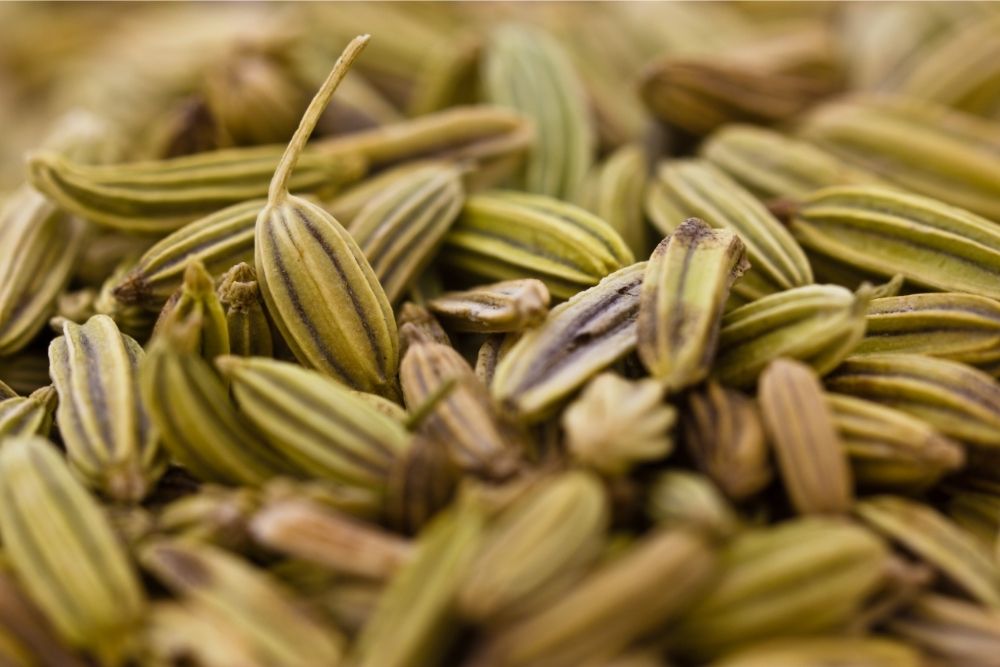
Egyptians are big fans of this plant because it’s a fantastic source of both flavor and scent, growing in many different environments. In addition, it’s famous for many chefs to nurture in a kitchen garden because it’s easy to care for and is often used in traditional cooking recipes.
19. Coriander
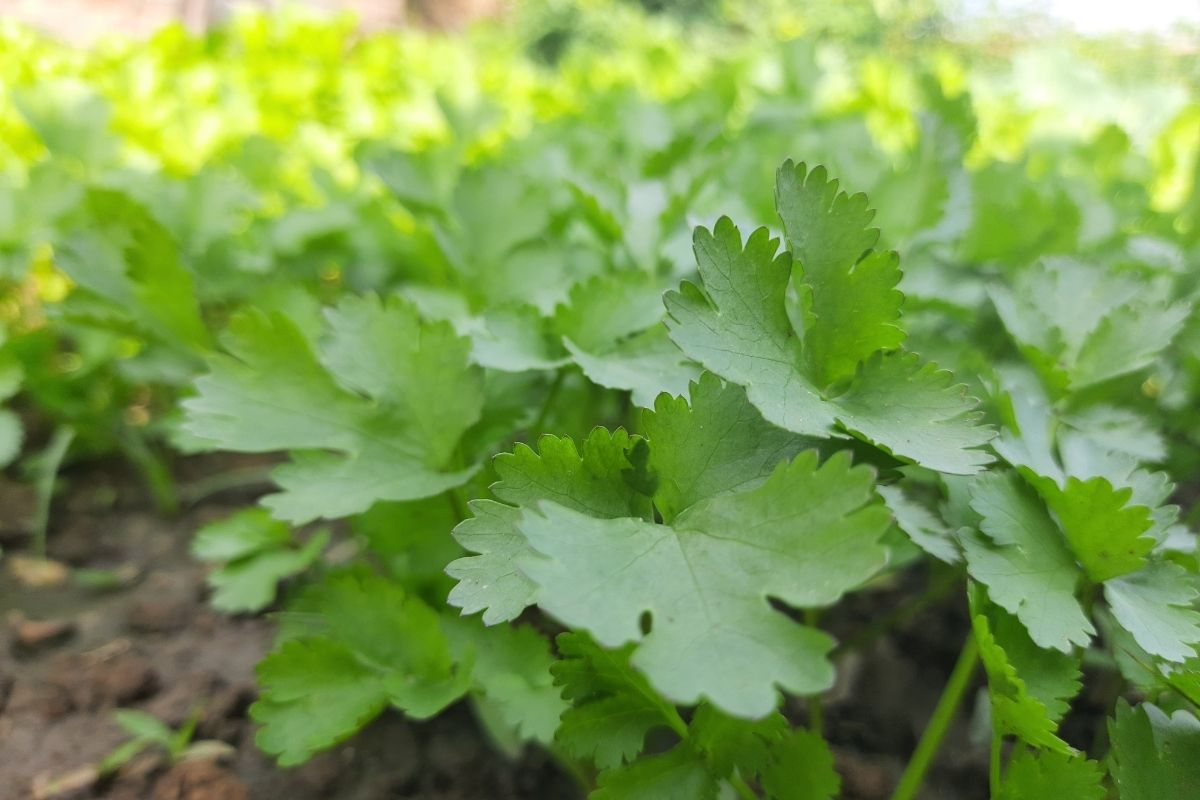
This plant is a popular option for those that want to grow something fragrant, and it’s easy to cultivate as it can tolerate nearly any climate. Due to its hardiness, it’s also an excellent choice for beginners because it’s a hardy annual, which means it’s easy to encourage from seed.
20. Marjoram
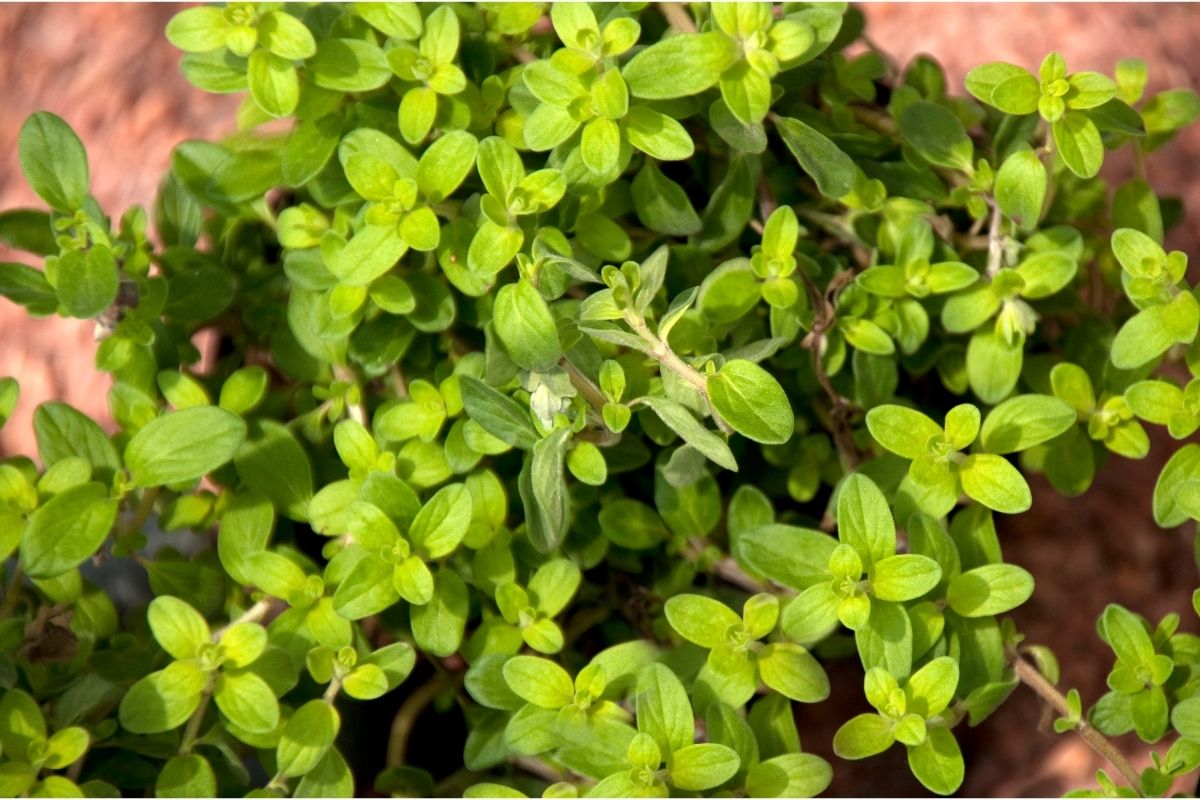
This plant is ideal for people who love fragrant plants, as it’s a perennial species that requires little maintenance and is therefore loved by many Egyptians. In addition, it’s known for being very aromatic, and many recipes in the Middle East include this herb.
21. Anise
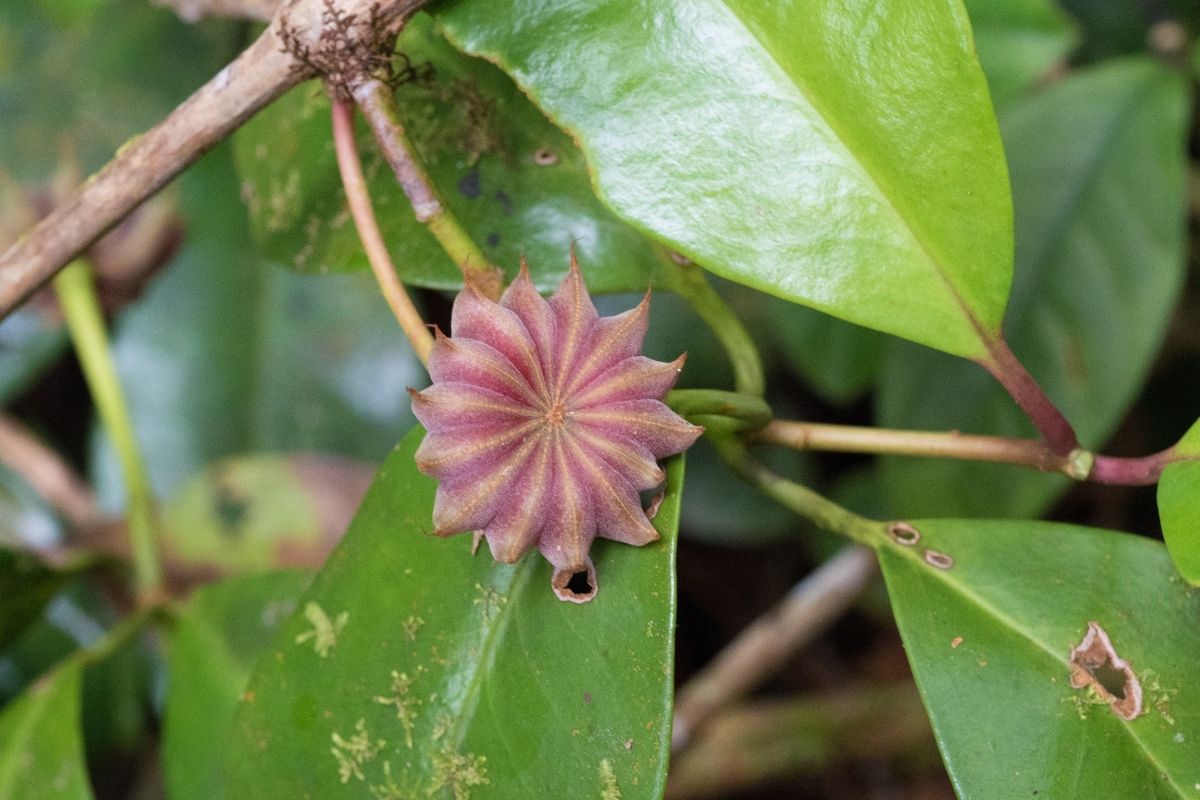
Anise is widespread in Egypt because it’s an essential ingredient in many traditional dishes and was used to remedy digestive problems in ancient times.
This plant can be quickly grown in many outdoor landscapes, and it’s also an excellent choice for many gardeners because it’s straightforward to grow from seed.
22. Carrot
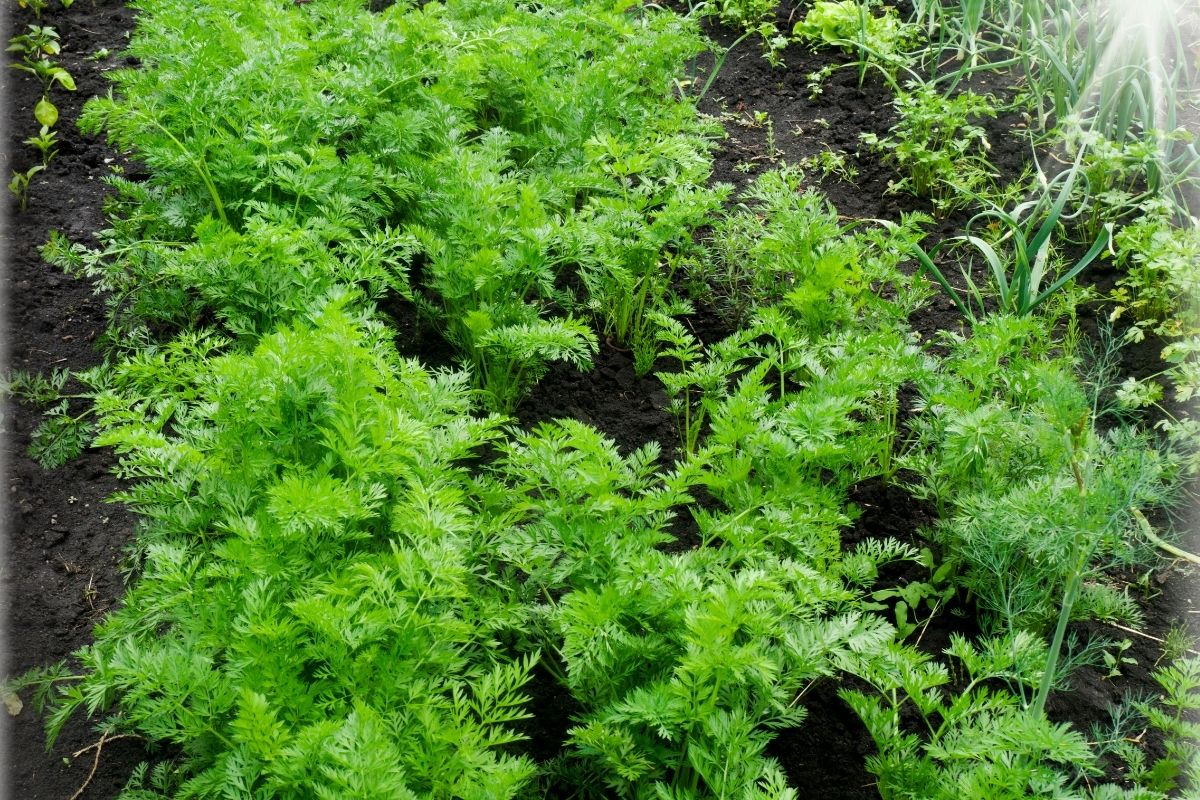
The Egyptians are big fans of carrots because they’re a great source of nutrients and are often used to make traditional homemade cures. In Egypt, they’re said to be a great source of energy and are often used to remedy anyone with a fever.
23. Fennel
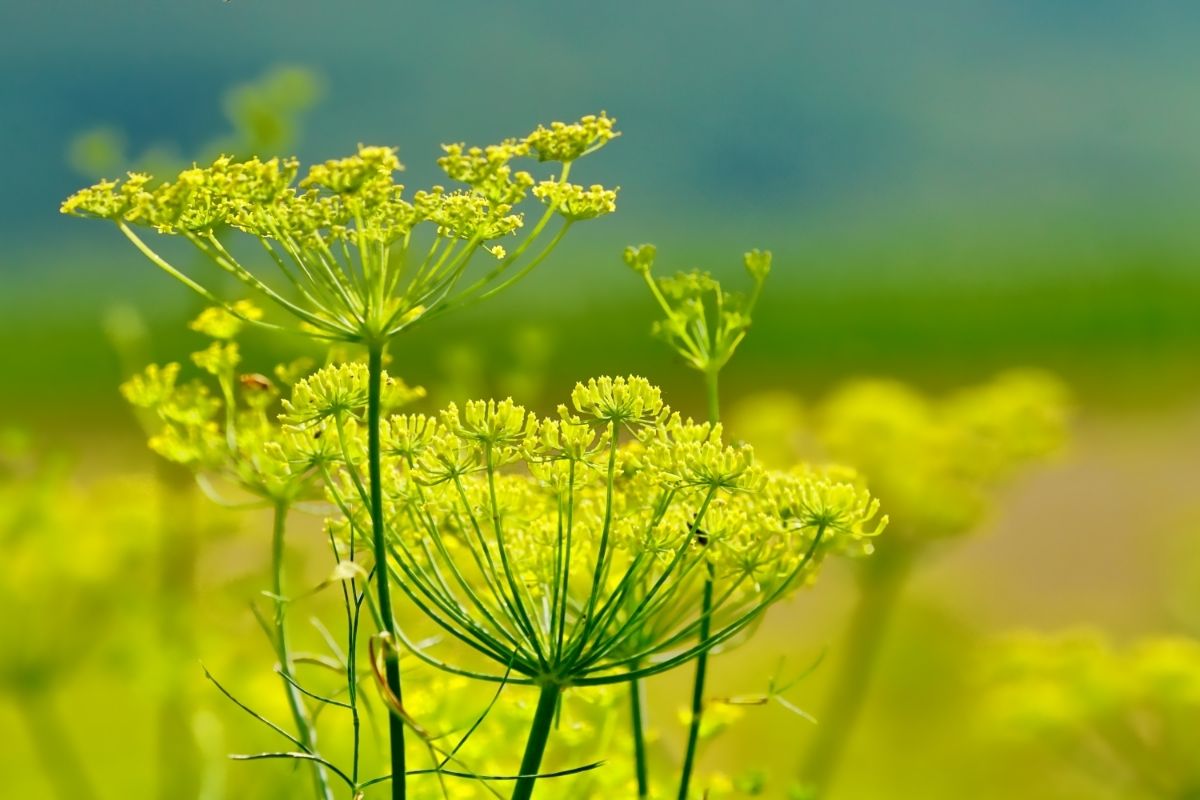
Egyptians use this plant to enhance the flavor of their food, and it’s easy to cultivate, so it makes an excellent choice for beginners. In addition, it can tolerate scorching and dry climates, so it is a perfect plant for many people who want to grow their own herbs for adding to dishes.
Conclusion
There you go! We’ve taken you through 23 different plants that can thrive when looked after in an Egyptian climate. Amazingly, some species will suit many people, including chefs, mediators, beginner gardeners, and those looking to make homeopathic cures.
Our personal favorites are the jasmine and lotus plants because they look super attractive and produce sweet-smelling blossoms. These species are lovely in many elegant landscaping schemes, which means they’re ideal for those who like their garden to look aesthetically pleasing above all else.
If you want to learn more about gorgeous plants, we have tons more content to help you out. So why not take a look through our archives and discover even more about these biological species?!
Editor’s Recommendations
What Is Leca and Is it Useful for Plants? All The Plant Care Questions and Answers
A Necessary Guide on How to Use Moss Pole For Houseplants
55 Plant Quotes To Inspire Every Plant Lovers and Keep Them Going







